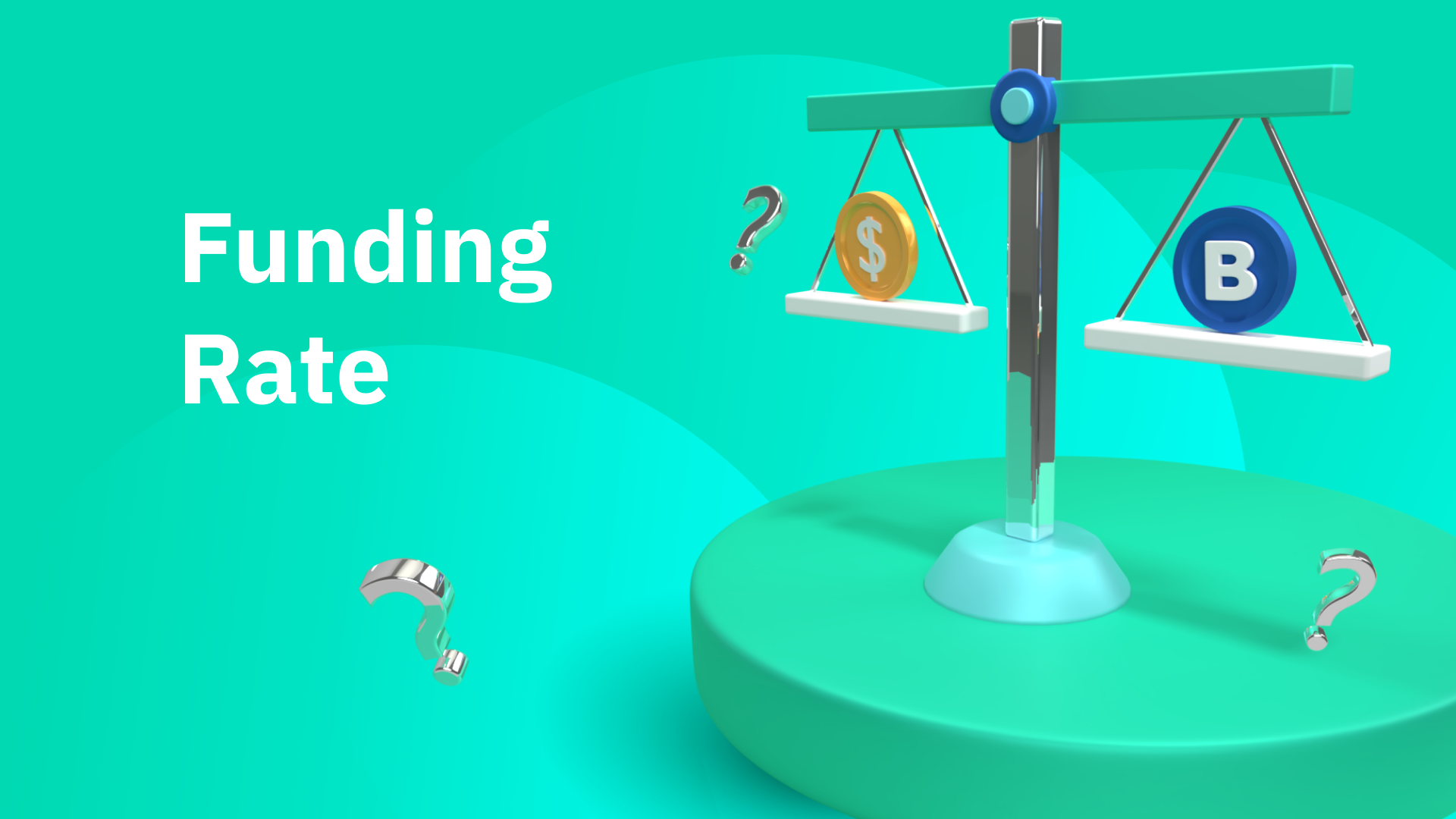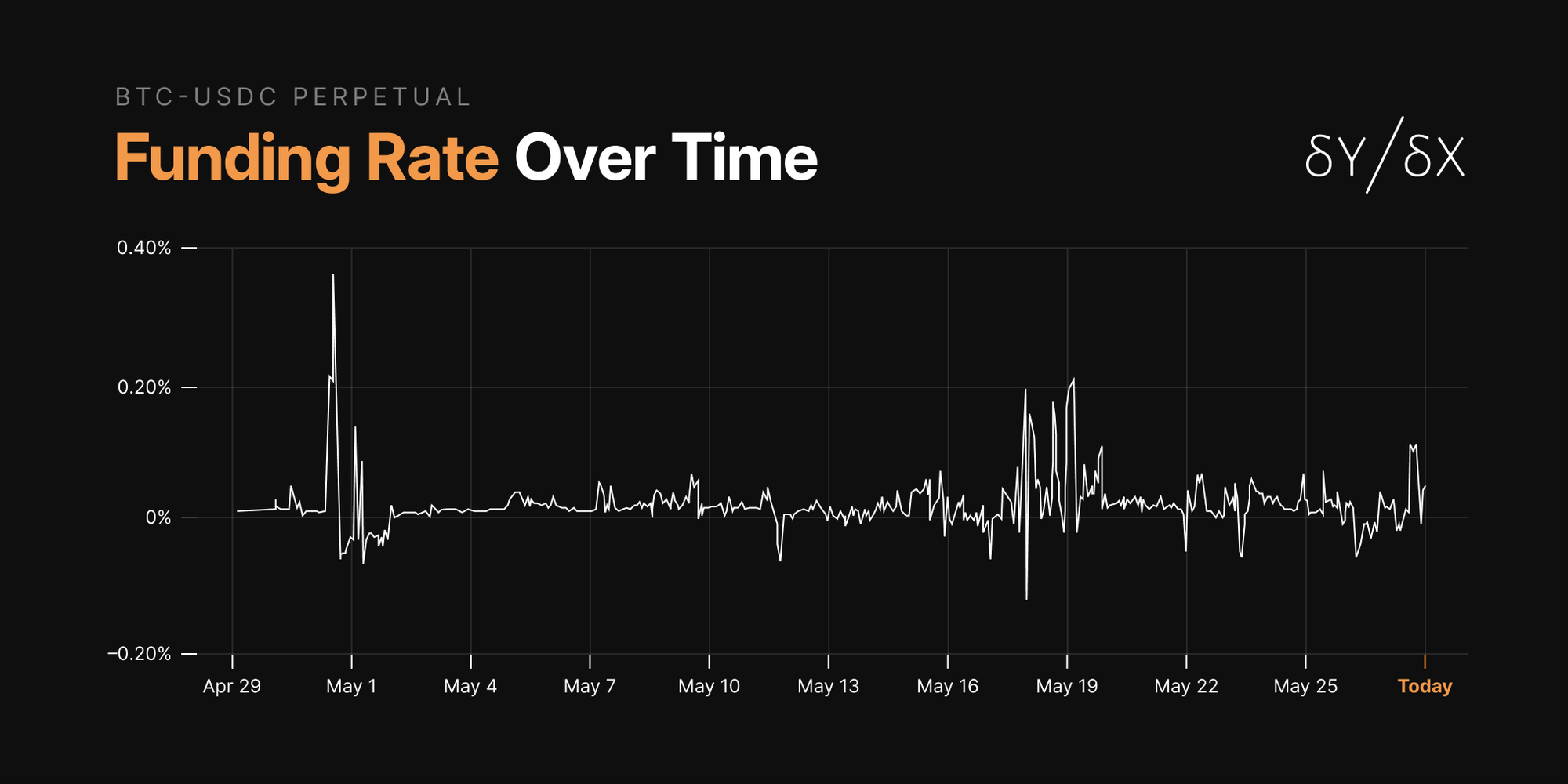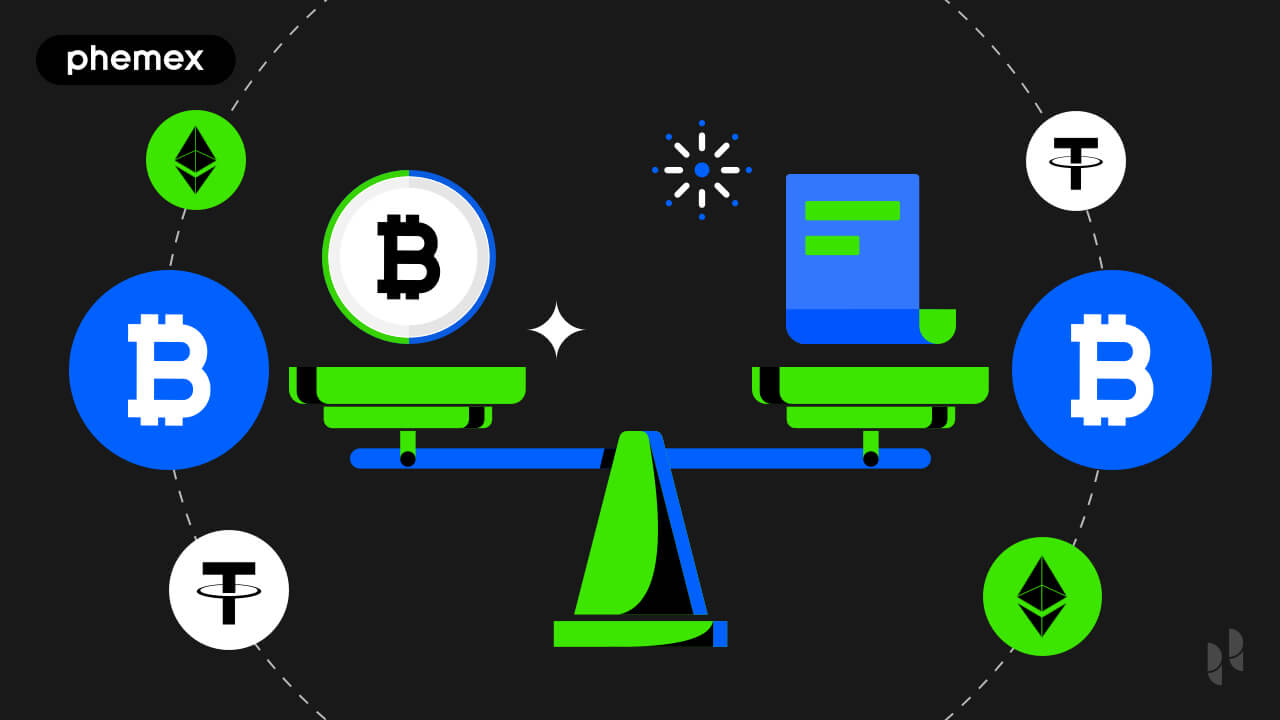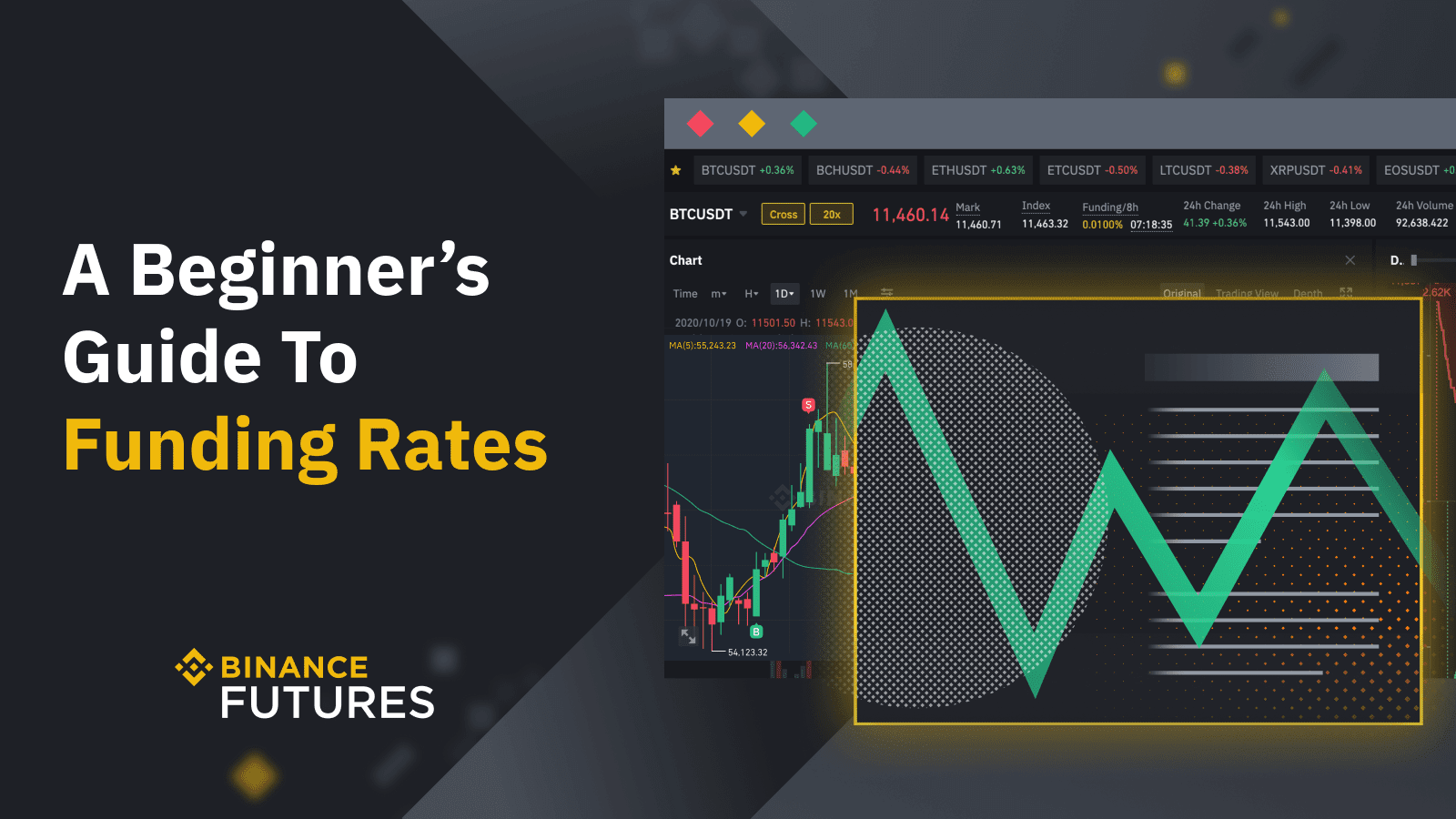What is the Funding Rate? Why is it Important for Investors?
In financial markets, the concept of "Funding Rate" refers to one of the crucial factors that investors and traders pay close attention to. It is an important indicator used to determine the cost of borrowing funds in margin trading or other financial transactions.
The Funding Rate is typically based on a specific market rate and is often applied to futures contracts or leveraged trading. It represents a variable cost that depends on market conditions and may fluctuate over time.
What is the funding rate?
Funding Rate is the percentage of periodic payments between long and short traders over a fixed period of time. This number is calculated based on the difference between the asset price on the spot and futures markets.
The purpose of Funding Rate is to prevent the prices of the Futures market and the Spot market from being too far apart.
Why is Funding Rate important?

🌎Impact on Trading Strategies
Funding Rate can significantly impact the profitability of investors, especially those engaged in leveraged trading. Changes in the Funding Rate may necessitate adjustments to trading strategies to maintain a balance between risk and reward.
🌎Market IndicatorsFunding Rate can also provide insights into market supply-demand dynamics. High or sudden changes in the Funding Rate can indicate imbalances between supply and demand at that particular time.
🌎Transaction CostsFor investors involved in frequent margin trading, understanding and managing the Funding Rate are crucial to accurately calculate the true cost of each trade and assess profitability after factoring in these fees.
🌈🌈🌈 Trade cryptocurrency reputablely and safely at: Best crypto exchanges
⏩⏩ Register to receive 500 USD immediately!!!
Impact of Funding Rate on the Market

Market Liquidity and Stability
Funding Rate fluctuations can affect market liquidity by influencing trading volumes and participants' willingness to engage in leveraged positions. When Funding Rates are high, the cost of maintaining leveraged positions increases, potentially reducing trading activity and liquidity. Conversely, lower Funding Rates can encourage more leveraged trading, increasing market liquidity.
Price Trends and Volatility
Changes in Funding Rates can impact asset prices and market volatility. High Funding Rates may lead to increased selling pressure as traders adjust positions to manage costs, potentially causing price declines. Conversely, lower or negative funding rates can create conditions where traders seek opportunities for arbitrage or speculative buying, influencing price trends and increasing volatility.
Arbitrage Opportunities
Differences in Funding Rates across different trading platforms or markets can create arbitrage opportunities. Traders may exploit these rate differentials by borrowing at lower rates and lending at higher rates, contributing to market efficiency but also affecting Funding Rate convergence across platforms.
Investor Sentiment and Risk Appetite
 Funding Rates reflect market sentiment and risk appetite among investors. High Funding Rates may signal perceived risks or imbalances in market conditions, prompting cautious trading behaviors or risk aversion. Conversely, low Funding Rates can indicate favorable market conditions, encouraging risk-taking and potentially speculative behaviors.
Funding Rates reflect market sentiment and risk appetite among investors. High Funding Rates may signal perceived risks or imbalances in market conditions, prompting cautious trading behaviors or risk aversion. Conversely, low Funding Rates can indicate favorable market conditions, encouraging risk-taking and potentially speculative behaviors.
Regulatory Impact
Regulators may monitor Funding Rates as part of their oversight of financial markets. High or volatile Funding Rates could raise concerns about market stability and systemic risks, prompting regulatory interventions or adjustments in margin requirements to manage potential risks.
⏩⏩ Learn more about cryptocurrency:
💥💥[https://azcoin.gitbook.io/what-is-hold-coin]
💥💥[https://azcoin.weebly.com/blog/june-27th-2024]
Tools to Track Funding Rate

Exchange Platforms
Many cryptocurrency exchanges that offer margin trading display Funding Rates directly on their trading interfaces. Examples include:
- Binance: Provides Funding Rate information for futures and perpetual contracts.
- BitMEX: Offers real-time Funding Rate updates for Bitcoin and other cryptocurrencies.
- Bybit: Displays Funding Rates for perpetual contracts and other trading pairs.
Data Aggregator Websites
Websites that aggregate data from multiple exchanges and platforms can provide a comprehensive view of Funding Rates across various assets and markets. Examples include:
- CoinGecko: Offers Funding Rate data for cryptocurrencies across different exchanges.
- CoinMarketCap: Provides Funding Rate information alongside other market metrics.
- TradingView: Allows users to track Funding Rates and create custom charts for analysis.
API Services
API services provided by exchanges or third-party providers can be integrated into trading algorithms or custom applications to monitor Funding Rates programmatically. Examples include:
- CryptoCompare API: Offers access to Funding Rate data for cryptocurrencies.
- CoinAPI: Provides a unified API interface for accessing Funding Rate information across multiple exchanges.
Blockchain Explorers
For decentralized finance (DeFi) platforms, blockchain explorers often display Funding Rates for lending and borrowing protocols. Examples include:
- Etherscan: Provides insights into Funding Rates for Ethereum-based DeFi platforms.
- BSCScan: Offers similar data for protocols on the Binance Smart Chain.
Conclusion
In conclusion, Funding Rate serves not only as a financial metric but also as a critical determinant of trading strategies and investor profitability. Effectively understanding and managing the Funding Rate can help investors optimize their trading strategies and minimize risks in financial investments.

